Sustainability
This Product Sustainability Declaration for Polestar 3 is a high-level presentation of the car’s sustainability credentials. It aims to provide transparent information for making informed, ethical choices and currently covers specific materials.
More about transparencyCircularity
From design and materials, to sourcing and assembly, to use and reuse. Polestar 3 represents another step on the journey towards more circular electric cars.
More about circularity
Material innovations
Natural fibre composites
These ground-breaking composites made from European-grown flax produce a material that is 40% lower in weight and uses 50% less virgin plastic than the conventional alternative. First used in the Polestar Precept, these composites are now being used in Polestar 3.
Used in Polestar 3 inner door and storage compartment.
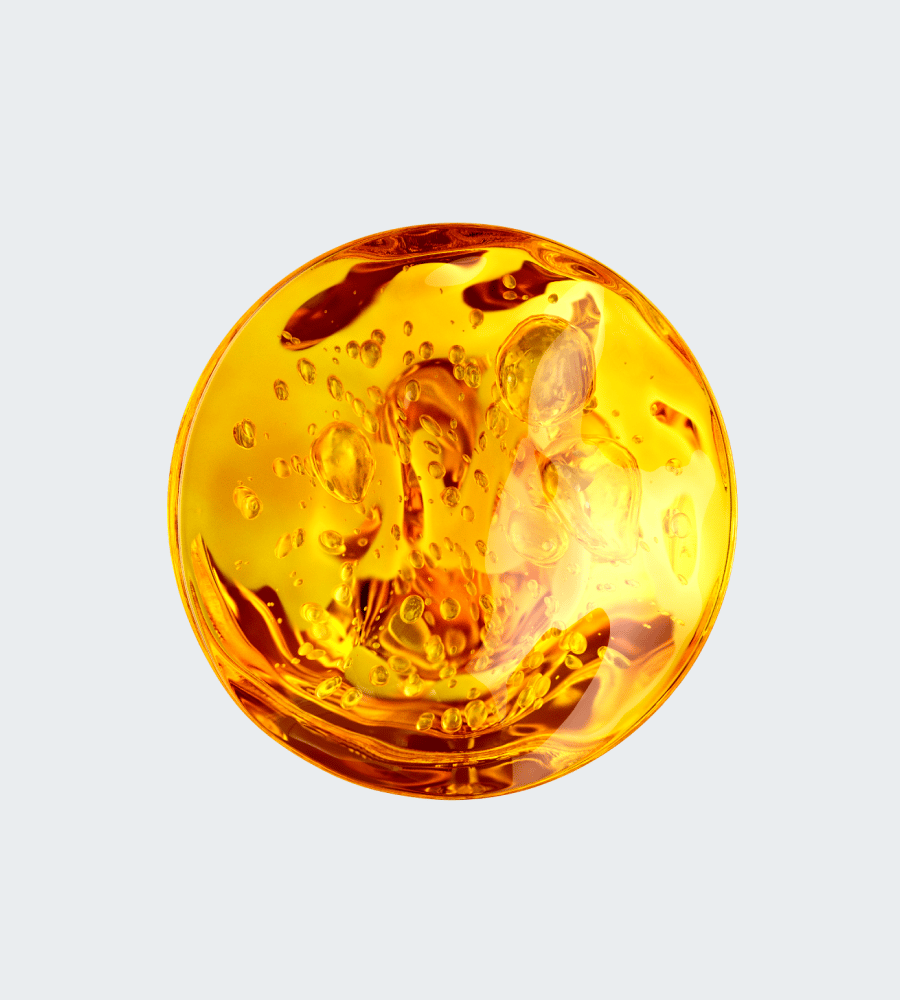
Material innovations
Bio-attributed MicroTech
This innovative vegan alternative to leather contains 25% bionaphtha, 14% recycled polyester textile, 33% plasticiser, and 28% chlorine. The CO₂ emissions of the bio-attributed PVC (which makes up 53% of the finished product) are 70% lower than conventional PVC.
Used in Polestar 3 upholstery.

Recycled materials
Recycled textiles
Polestar 3’s carpets are made from 100% ECONYL® polyamide, derived from discarded fishing nets and other plastic waste. The interior headlining is manufactured using 100% recycled PET.
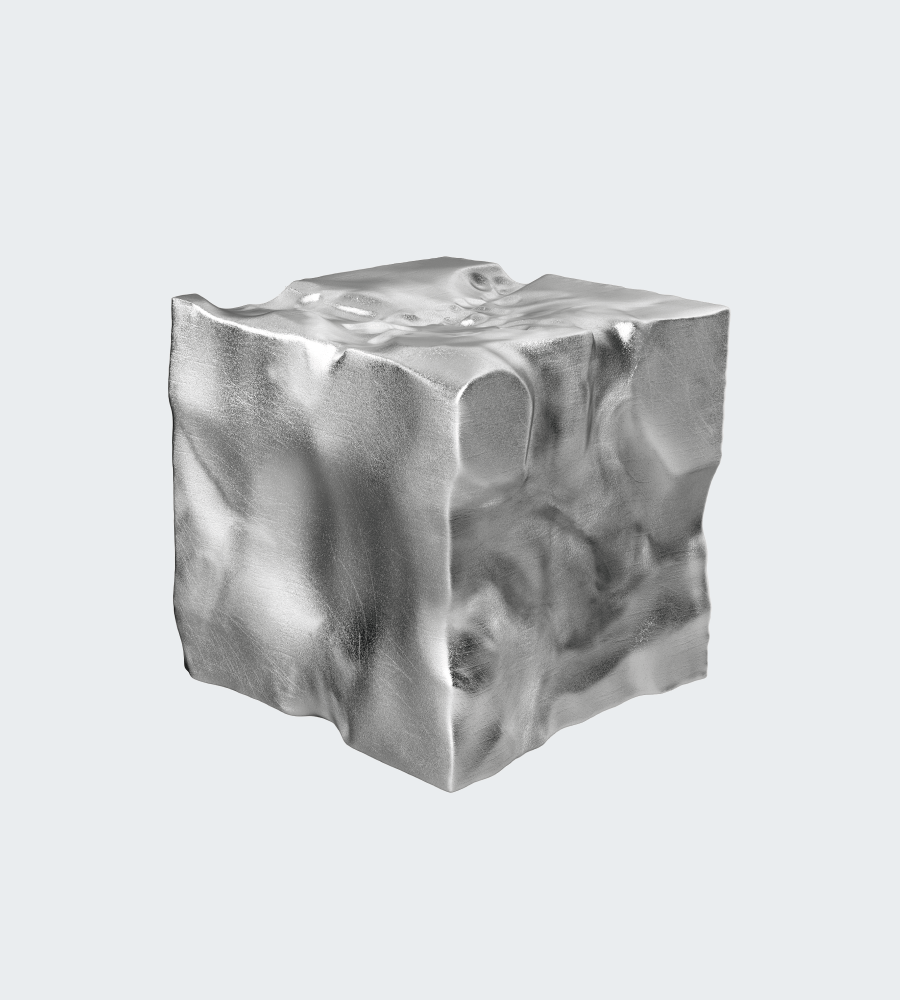
Recycled materials
Repurposed aluminium
80% of the raw material sourced for Polestar 3’s aluminium deco panels comes from post-industrial waste, giving used aluminium a new life as distinctive interior components.
Traced materials
Tracing materials is the first step towards achieving more responsible sourcing and production processes. The list of traced materials for Polestar 3 includes leather, wool, cobalt, mica, nickel, lithium, tin, tantalum, tungsten, and gold.
Polestar works with blockchain partner Circulor to trace battery risk minerals such as cobalt, mica, nickel, and lithium, and with Bridge of Weir to trace leather.
More about transparency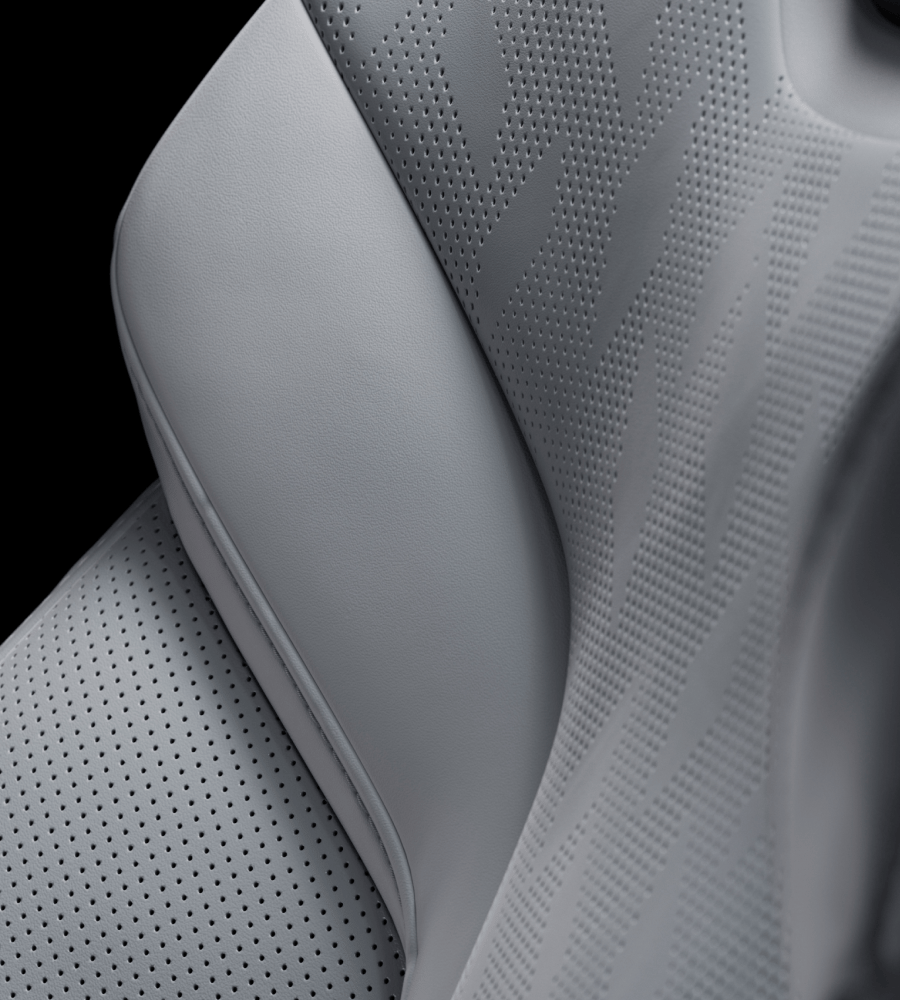
Responsibly sourced and traced materials
Perforated Nappa leather
The optional leather upholstery uses hide from farms in countries rated as the highest global standard by the Animal Protection Index. Sourced via Bridge of Weir and certified chrome-free.
Used in Polestar 3 upholstery.
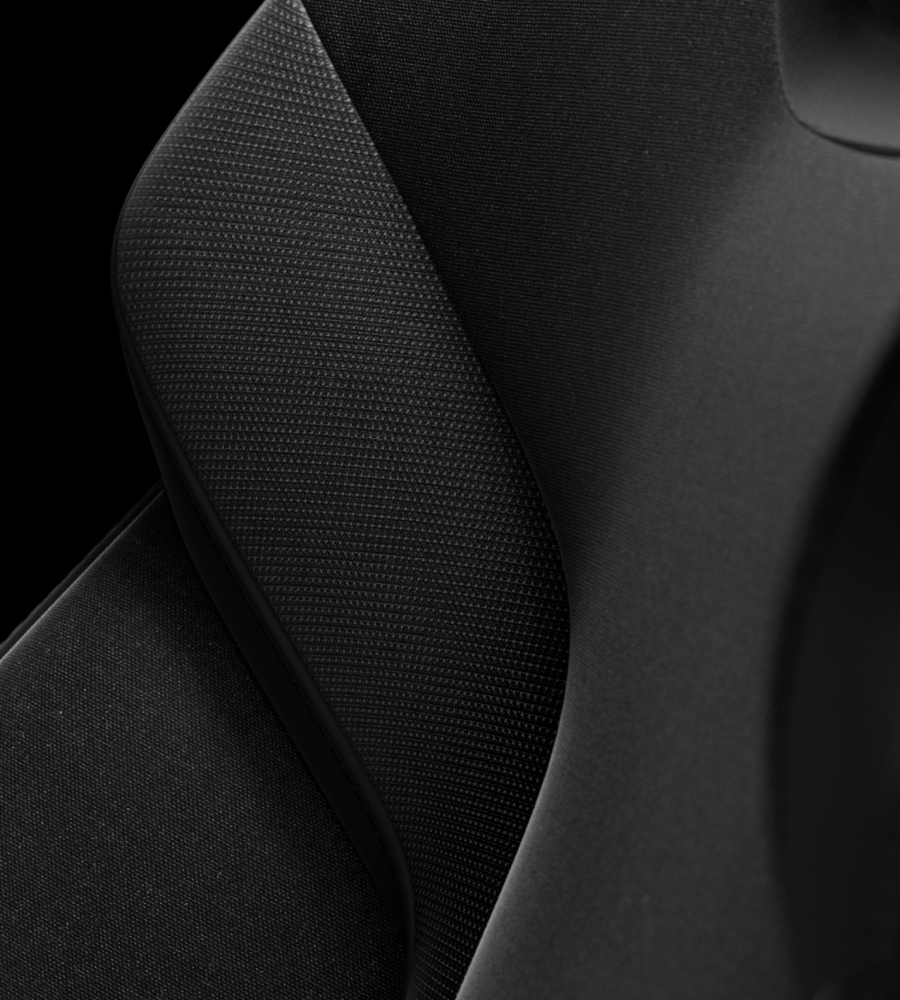
Responsibly sourced and traced materials
Animal welfare-certified wool
The wool used for Polestar 3’s interior comes from farms with a progressive approach to land management and animal welfare. Traceability of the wool is certified from origin to the yarn stage of production.
Used in Polestar 3 upholstery.
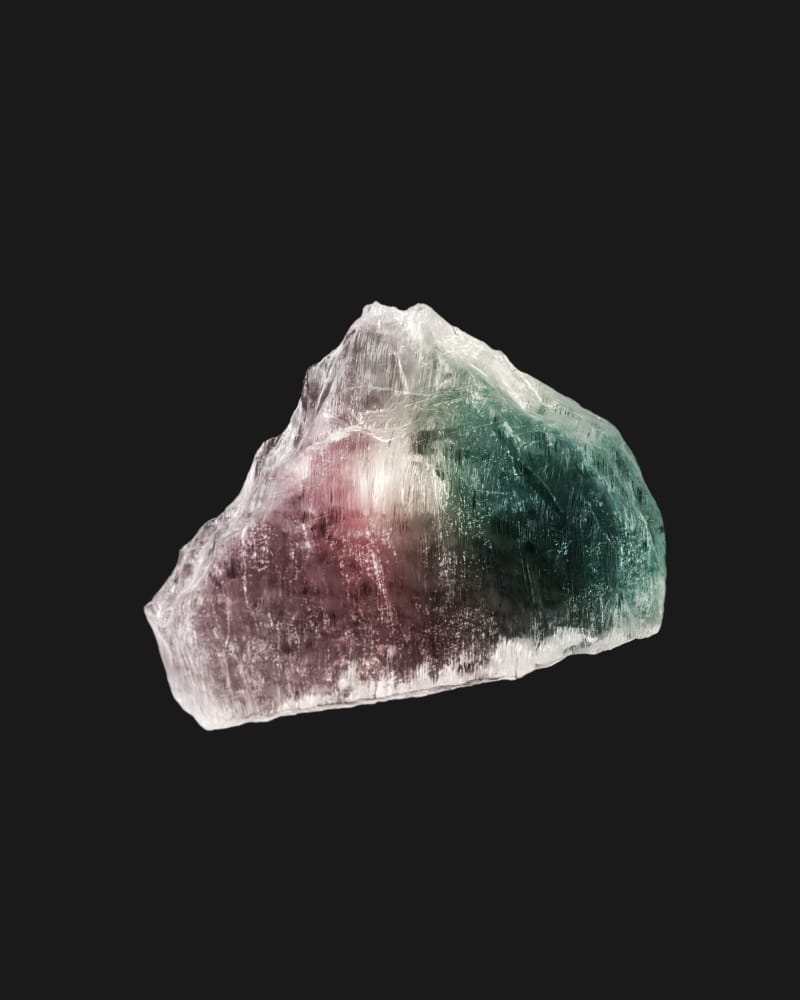
Blockchain traced risk materials
Lithium
Lithium is an alkali metal used in Polestar 3’s lithium-ion batteries for its high energy density. Risks associated with mining lithium include corruption, weak rule of law and conflict with indigenous peoples.
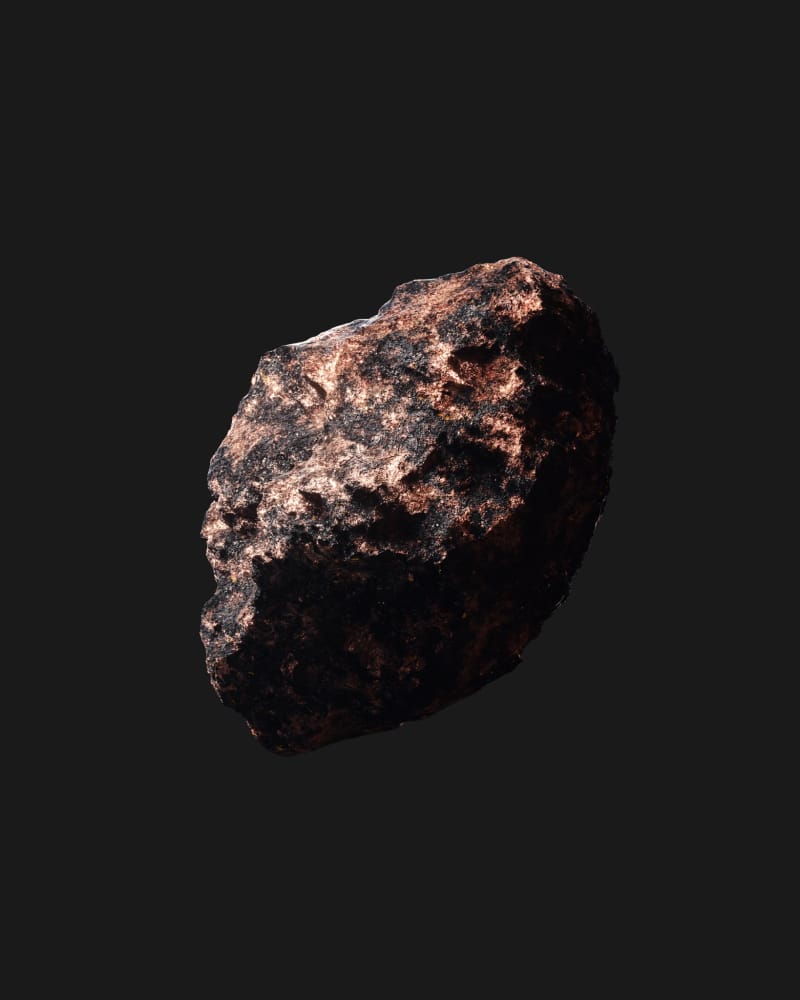
Blockchain traced risk materials
Nickel
Nickel is a lustrous metal used in the Polestar 3 lithium-ion battery pack to boost its energy density. Major risks associated with mining nickel include pollution from hazardous materials, conflict with indigenous peoples and overlap with conserved areas.
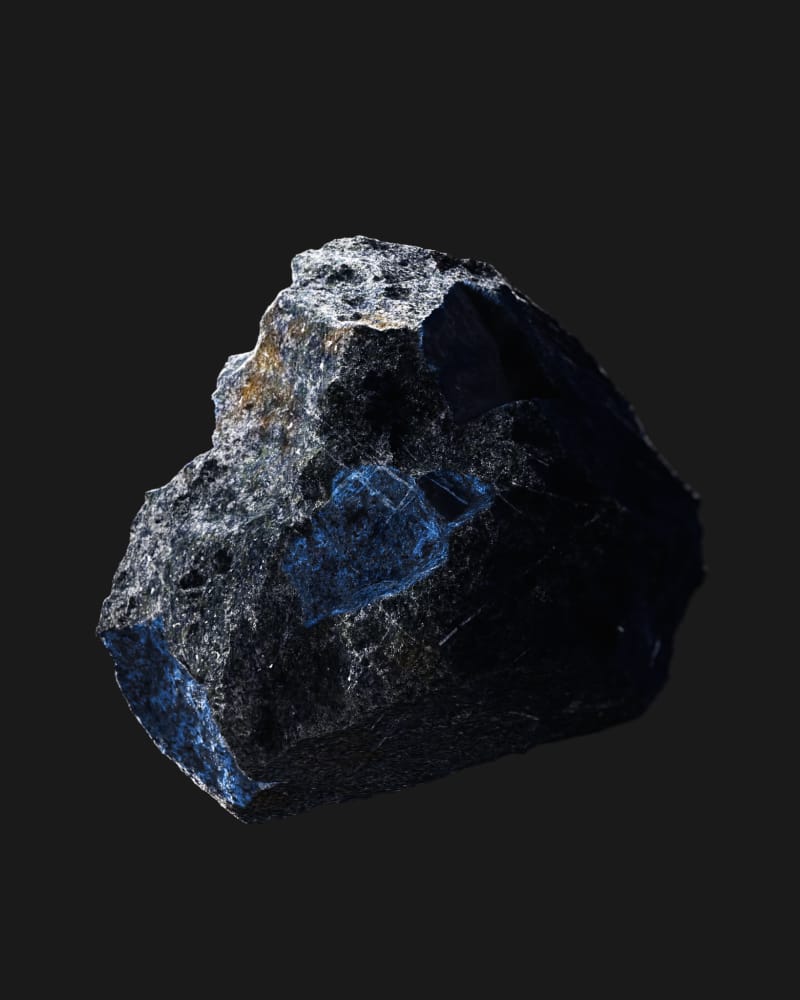
Blockchain traced risk materials
Cobalt
Cobalt is a hard metal used to extend battery life in Polestar 3’s lithium-ion battery pack. Major risks associated with mining cobalt include forced labour and child labour, corruption, weak rule of law, high-intensity conflicts, and pollution from hazardous materials.
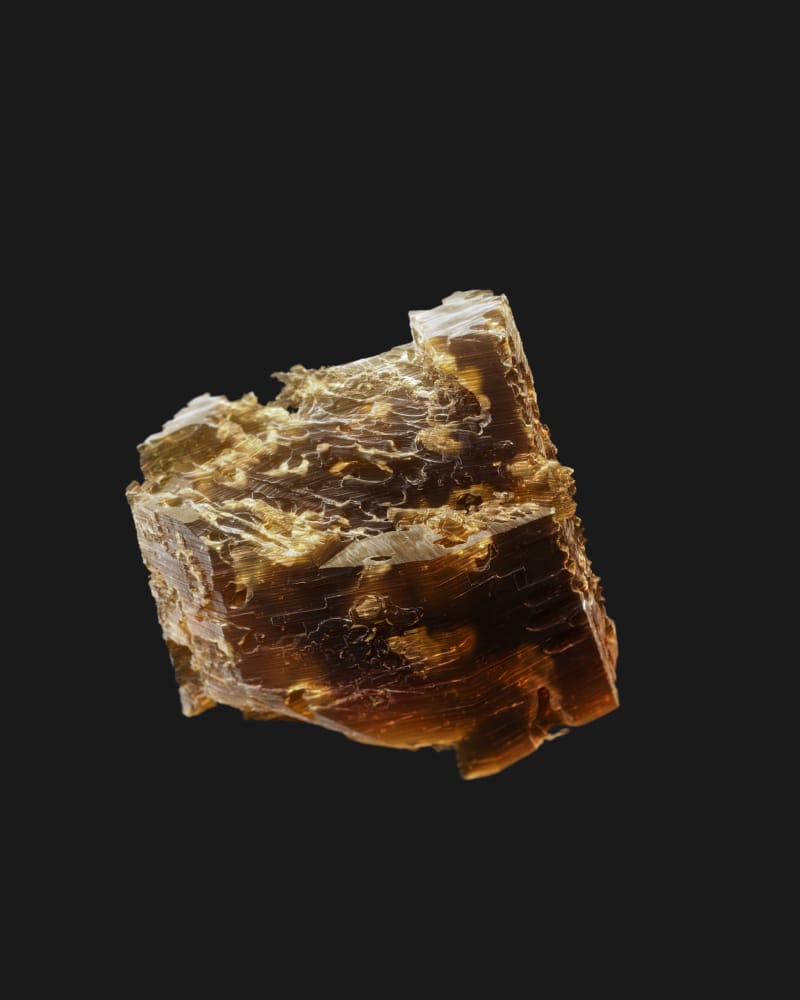
Blockchain traced risk materials
Mica
Mica is a group of silicate minerals used in the Polestar 3 lithium-ion battery pack as a thermal barrier to hinder fire, and improve safety and robustness. Major risks associated with mining mica include child labour and forced labour, weak rule of law, corruption, artisanal and small-scale mining.
3TG
Tin, tantalum, tungsten, and gold, also known as ‘conflict minerals’ have a wide range of applications in Polestar 3’s construction and electronics. In politically unstable areas, the minerals’ trade can be used to finance armed groups, fuel forced labour and other human rights abuses, and support corruption and money laundering. 3TG is traced via Conflict Mineral Reporting, which promotes smelters validated to conform with the Responsible Minerals Assurance Program (RMAP).
Carbon footprint
We’re constantly assessing the materials and production methods used for our cars to lower greenhouse gas emissions from the manufacturing process (also known as the cradle-to-gate phase). You can reduce the total footprint during the car’s use phase by charging with renewable energy.
More about climate neutrality
Polestar 3 lifecycle
Material production
Many different materials are used to make a Polestar 3, for example aluminium, steel, electronics, and plastics. Each material category contributes to the overall carbon footprint of the vehicle, as does the electricity mix used in production and refining. We aim to continuously reduce the carbon impact and improve the accuracy of our footprint calculations.
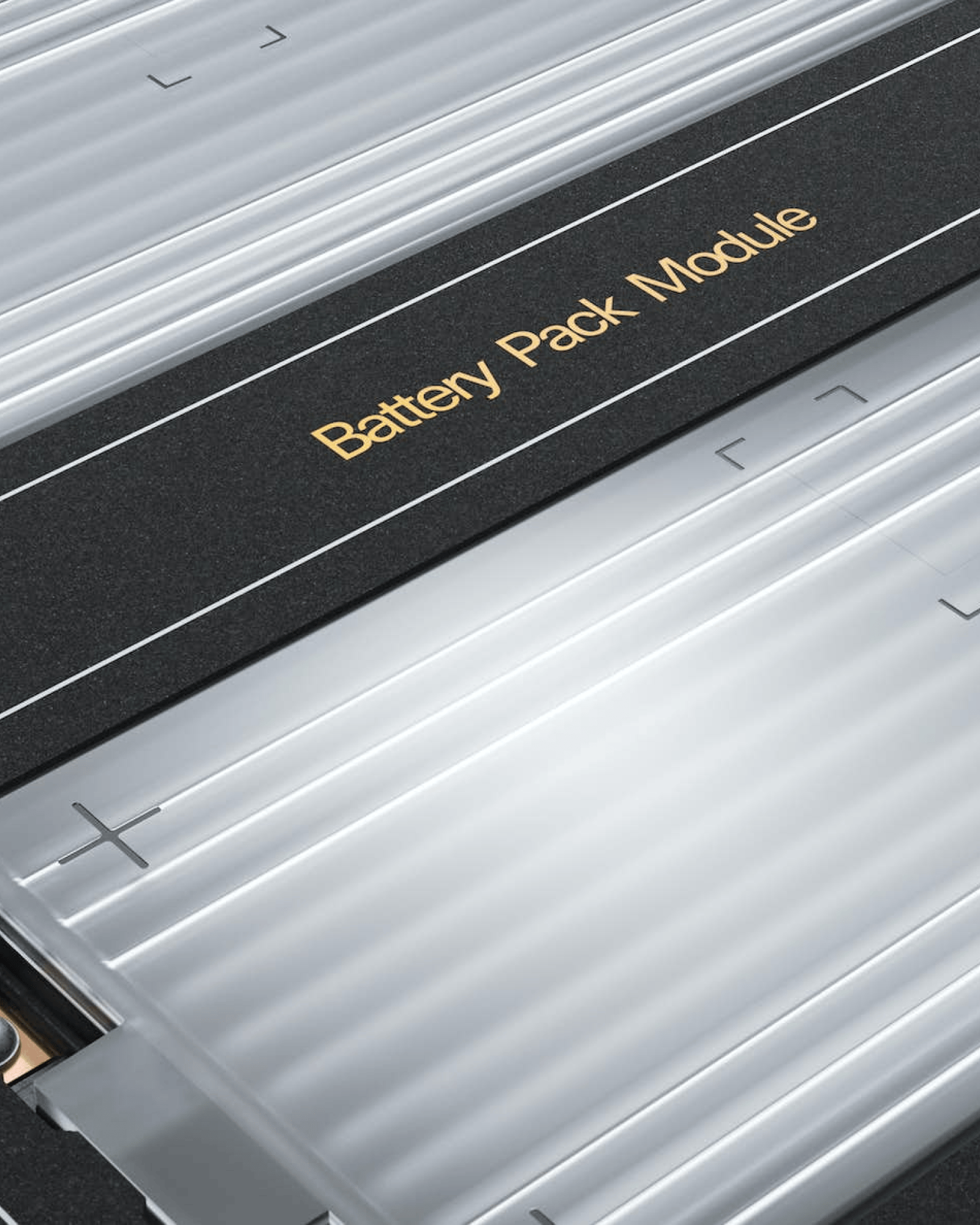
Polestar 3 lifecycle
Li-ion battery modules
Several factors contribute to the battery’s carbon footprint, from the energy used for cell production to the aluminium used in the battery casing. We push our suppliers to reduce the carbon footprint of the battery modules they supply.
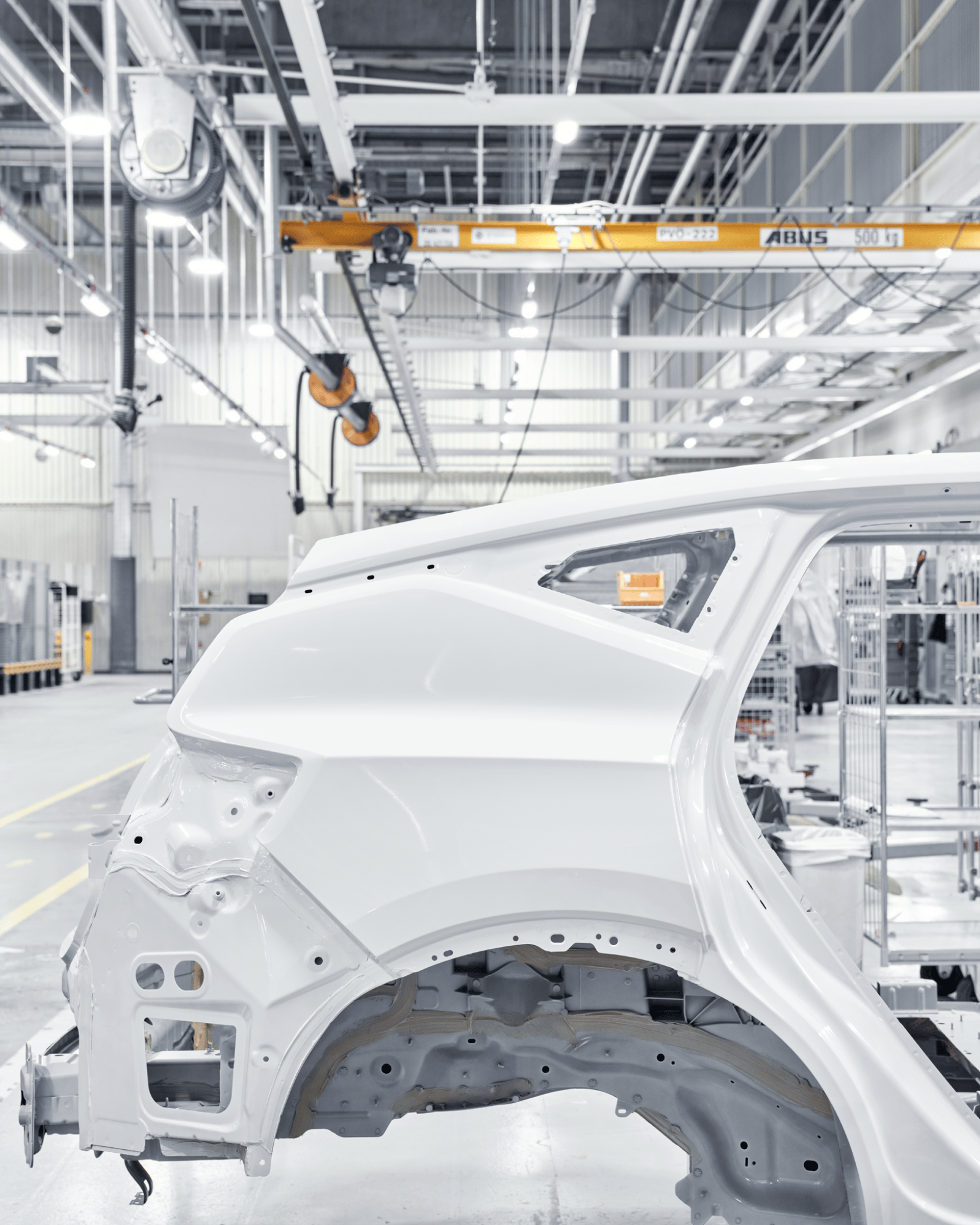
Polestar 3 lifecycle
Manufacturing
Polestar 3 production is split between Chengdu, China and Ridgeville, USA for the North American market. The Chengdu plant is a key component of our sustainability strategy, and has been powered by 100% renewable electricity since 2021.
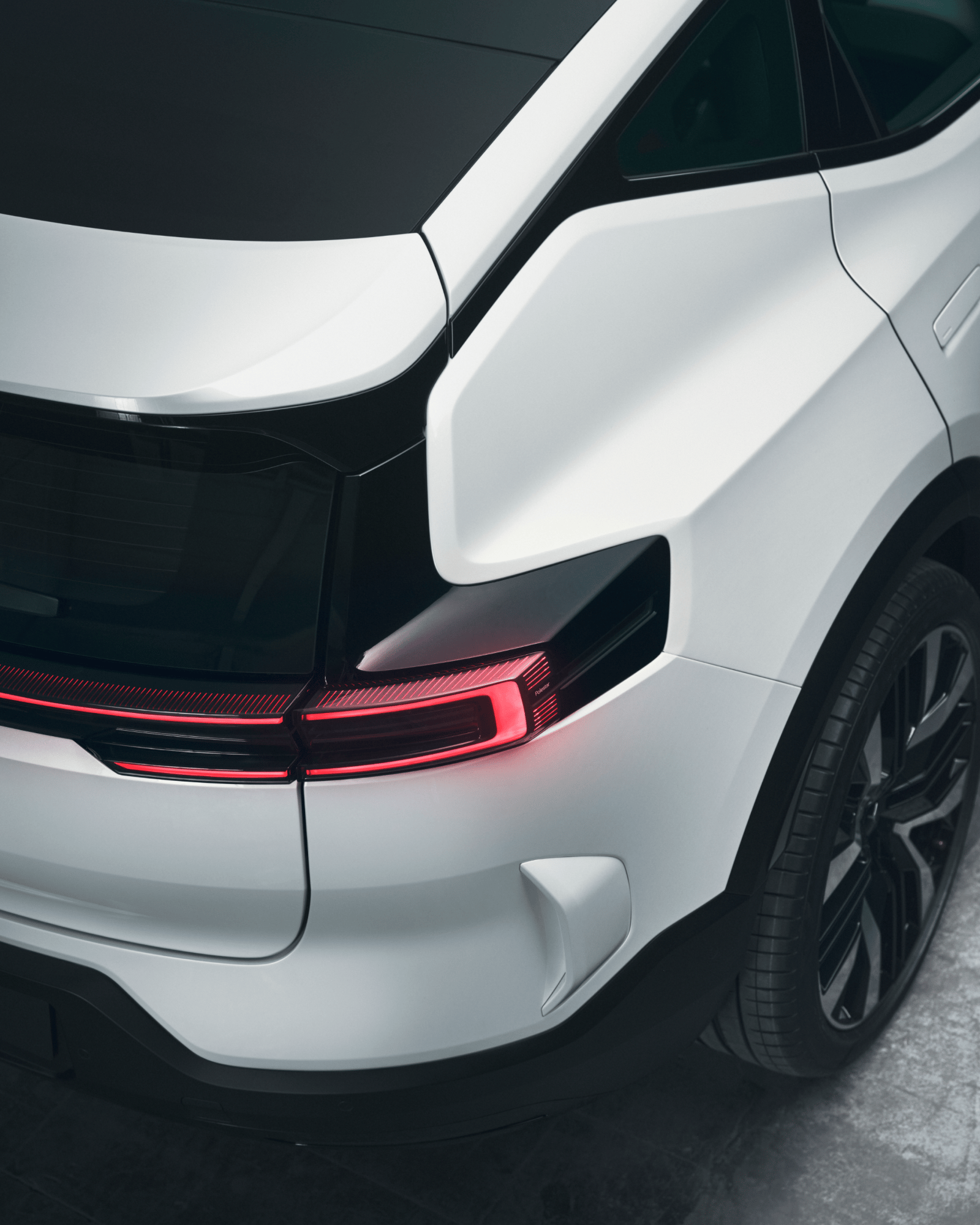
Polestar 3 lifecycle
Use phase
After a Polestar 3 leaves the factory gates, its owner can make a significant difference to its overall carbon footprint by charging it with renewable energy.
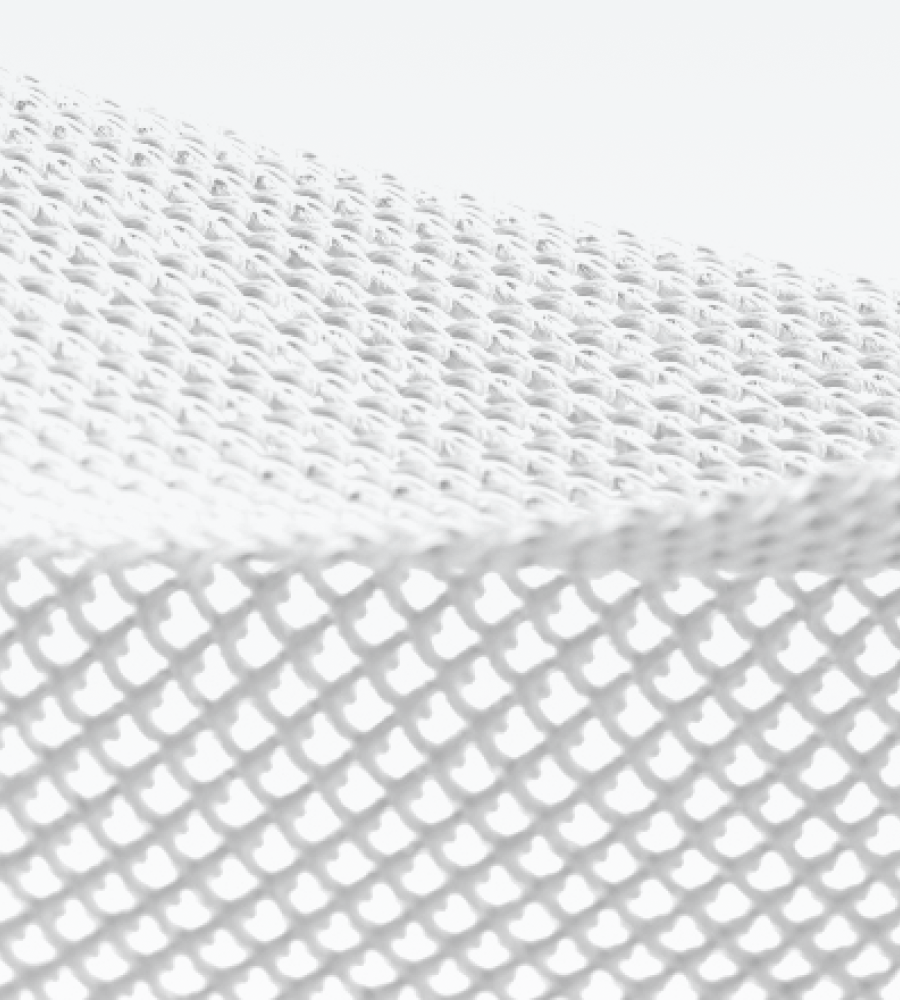
Polestar 3 lifecycle
End of life
Over 85% of the Polestar 3 is recyclable, whereas several components can be reused or remanufactured. Increasing components’ lifespan in this way can reduce waste and avoid the CO2 emissions associated with making new components.
Cradle-to-gate carbon footprint
These figures represent the CO₂e emissions of Polestar 3 in the cradle-to-gate phase of the car’s life cycle.
Long range Dual motor
- Total
- 24.7t
- Materials production
- 16.8t
- Battery modules
- 5.9t
- Manufacturing and logistics
- 2t
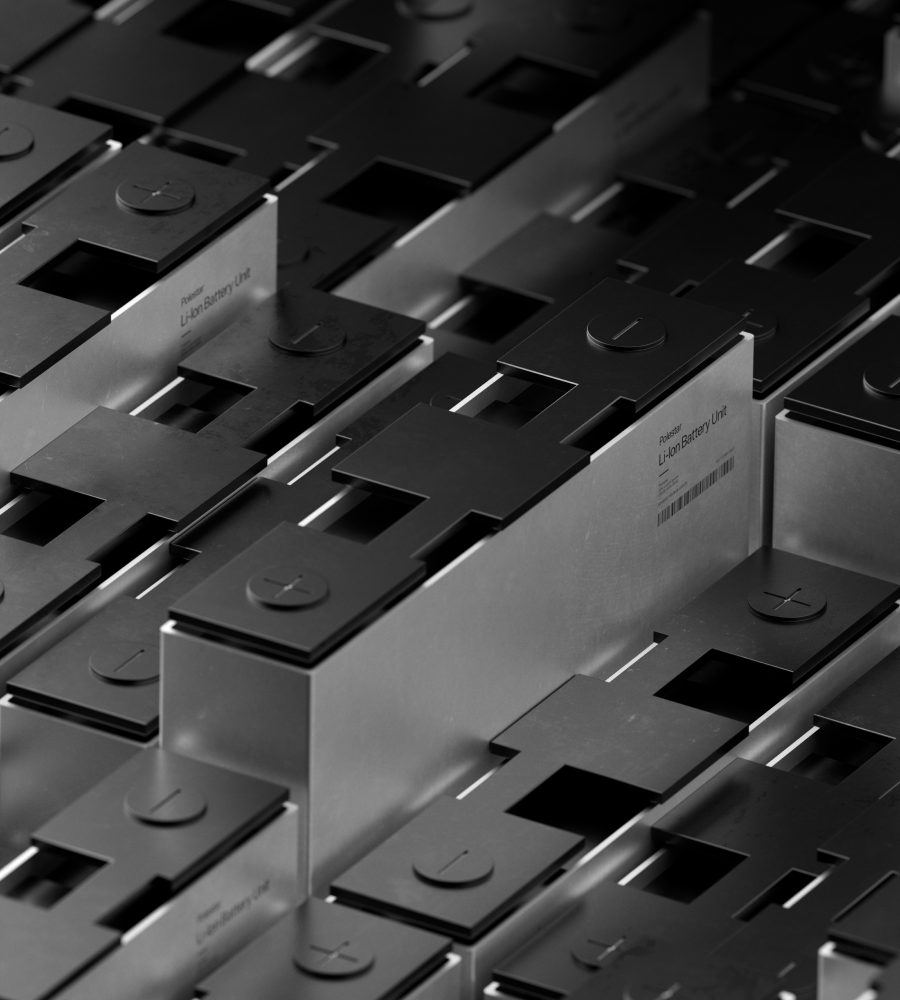
Battery carbon footprint
The battery cell modules used in Polestar 3 are manufactured using renewable electricity. This, in combination with having renewable electricity also in anode and cathode production, lowers the CO2e emissions per kWh by 41% compared to Polestar 2 launch edition.*
Carbon footprint proportions
This breakdown shows the contributions of each material to the cradle-to-gate carbon footprint of Polestar 3 (Long range Dual motor).
Aluminium
28%
Battery modules
26%
Steel & Iron
19%
Electronics
9%
Polymers
9%
Other materials
9%
- Visuals are for illustrative purposes only.